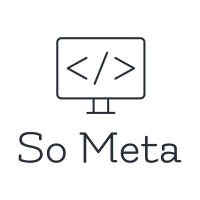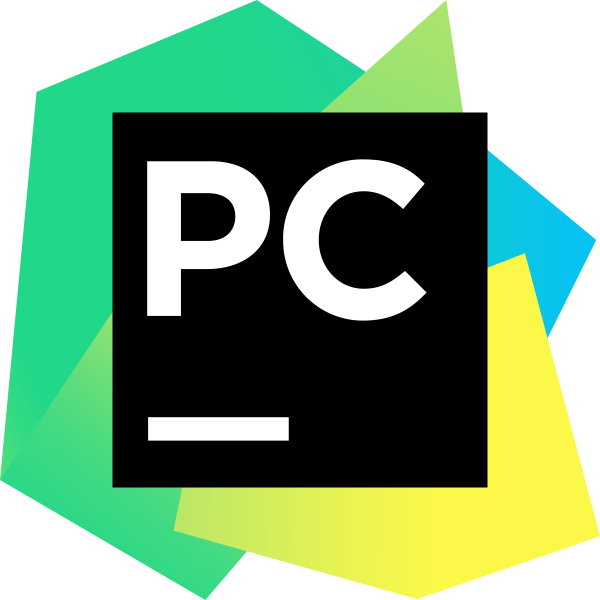I admit it, I’m a website slut. I see a domain I like and I can’t help but put some sort of website on it. Over the years I’ve gotten to the point where I can build a simple website in a matter of hours. It seems like when I use WordPress the website nearly builds itself.
Default WordPress Meta Description
By default WordPress doesn’t create a meta description tag. If this meta tag is missing, your search appearances will be affected. Often, the first 160 characters of text will be shown in search results. As you can imagine, this is less than optimal.
Most Popular SEO Plugin
Yoast SEO free is the most popular WordPress plugin for adding meta description fields to a WordPress site. I use it on many of my sites, including this one. It provides me with fine grain control over how each individual WordPress post appears in search. Yoast SEO is a great plugin but…
The Drawbacks of Yoast SEO
Using Yoast SEO isn’t easy for beginners. That fine grain control I was talking about makes using the plugin complicated. People who are new to search engine optimization techniques will be overwhelmed by the myriad controls. Additionally, using the plugin is labor intensive, it requires you to actually pay attention to what you’re doing as you individually set the meta information on each individual post.
Yoast SEO is perfectly alright for an actual blog like this one. The problem is that not everyone using WordPress is using it for blogging. The most popular sites I’ve built with WordPress aren’t blogs, they’re content aggregators scraping embedded video content and repackaging it.
The Easiest Way to Add Meta Descriptions to WordPress
So Meta for WordPress is the easiest way to add meta descriptions to a WordPress site. I wrote So Meta as a way to automatically add meta descriptions, keywords, and OpenGraph tags to scraped content. Tags are translated into keywords and titles into descriptions. The whole thing can be set up in five minutes or less.
Try So Meta for WordPress
You can download So Meta for WordPress now. Give it a try and tell me what you think. The official site for So Meta is https://someta.sourcepassive.com/

